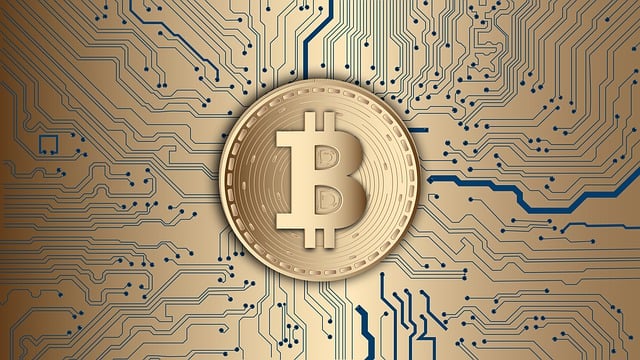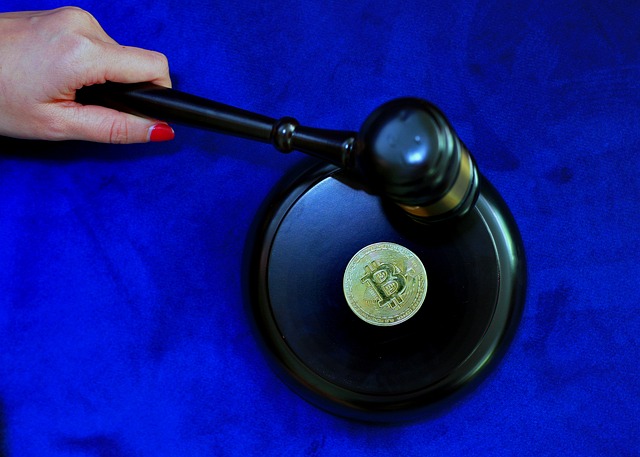Decentralized Finance (DeFi) lending platforms, built on blockchain technology, revolutionize borrowing and lending by removing traditional bank intermediaries. Users first set up a secure crypto wallet to store private keys and access DeFi apps. These wallets connect to DeFi platforms enabling peer-to-peer transactions with transparency, security, and accessibility. While DeFi offers increased control, passive income, and higher interest rates, it also faces security risks from smart contract bugs and lacks regulation. Setting up a secure wallet is crucial for protecting funds as DeFi continues to evolve with improved security measures and regulatory frameworks.
“Explore the revolutionary world of Decentralized Finance (DeFi) lending platforms, transforming traditional financial systems. This comprehensive guide unveils the intricacies of this innovative sector. From understanding DeFi’s core principles to setting up a secure crypto wallet – your gateway to participating in this decentralized economy. Learn how to borrow and lend cryptocurrencies, uncover potential benefits and risks, and envision the future of DeFi lending. Get ready to navigate this exciting financial frontier.”
- Understanding Decentralized Finance (DeFi) Lending Platforms
- Setting Up a Secure Crypto Wallet for DeFi Access
- How to Borrow and Lend Cryptocurrencies on DeFi Platforms
- Benefits, Risks, and Future of DeFi Lending
Understanding Decentralized Finance (DeFi) Lending Platforms

Decentralized Finance (DeFi) lending platforms are revolutionizing the traditional financial landscape by offering a peer-to-peer borrowing and lending system, entirely built on blockchain technology. Unlike conventional financial institutions, DeFi platforms operate without intermediaries, allowing users to set up a secure crypto wallet and directly interact with each other. This innovative approach ensures transparency, security, and accessibility as all transactions are recorded on a public ledger.
With a simple setup of a crypto wallet, individuals can gain access to various lending opportunities. They can deposit their cryptocurrencies into the platform and earn interest by lending funds to borrowers or participate in decentralized exchanges to borrow assets. This democratizes financial services, empowering users with control over their funds and opening doors for those traditionally excluded from mainstream banking.
Setting Up a Secure Crypto Wallet for DeFi Access

To access decentralized finance (DeFi) lending platforms, setting up a secure crypto wallet is the first step. This digital wallet stores your cryptocurrency assets and serves as a gateway to various DeFi applications. There are several types of wallets available, each with its own security features and accessibility options. Hardware wallets, like Ledger or Trezor, offer offline storage for maximum security. Software wallets, such as MetaMask or Trust Wallet, are more convenient, running directly in your browser or mobile app. When setting up a software wallet, it’s crucial to follow best practices: enable two-factor authentication, use strong passwords, and keep your private keys secure.
Once your crypto wallet is set up securely, you can connect it to DeFi lending platforms. These platforms facilitate borrowing and lending of cryptocurrencies without the need for intermediaries like traditional banks. By locking up your assets in a smart contract, you can earn interest on loans or provide liquidity to other borrowers, potentially earning rewards. Always ensure that the platform you choose is reputable, has strong security measures in place, and aligns with your investment goals.
How to Borrow and Lend Cryptocurrencies on DeFi Platforms

To borrow and lend cryptocurrencies on decentralized finance (DeFi) platforms, users first need to set up a secure crypto wallet. This digital wallet stores your private keys, which act as unique access codes to your cryptocurrency assets. There are various types of wallets available, from software-based options like MetaMask and Trust Wallet to hardware wallets for enhanced security. Once you’ve chosen and set up your wallet, it becomes your gateway to participating in DeFi lending and borrowing activities.
After securing your wallet, users can connect it to a DeFi lending platform. These platforms operate on blockchain technology, allowing for transparent and secure transactions. Borrowers provide collateral in the form of cryptocurrency, which is locked up in smart contracts during the loan period. Lenders, meanwhile, offer their funds to borrowers, with interest rates determined by market forces. This peer-to-peer lending model eliminates the need for intermediaries like traditional banks, empowering users to manage their finances directly within the decentralized ecosystem.
Benefits, Risks, and Future of DeFi Lending

Decentralized finance (DeFi) lending platforms offer a new era of financial accessibility and autonomy, allowing users to borrow and lend cryptocurrencies directly from their crypto wallets without intermediaries like traditional banks. This innovative approach comes with several advantages. Firstly, DeFi lending provides greater transparency as transactions are recorded on a blockchain, ensuring all participants have equal access to information. Secondly, it offers higher interest rates compared to many traditional savings accounts. Users can also earn passive income by staking their cryptocurrencies in decentralized apps.
However, the risks associated with DeFi lending cannot be overlooked. Since these platforms operate on smart contracts, bugs or exploits could lead to significant losses. The lack of regulatory oversight also makes DeFi a potential target for fraud and scams. Setting up a secure crypto wallet is a crucial step for users, as it safeguards their private keys and funds from unauthorized access. As DeFi continues to evolve, the integration of improved security measures and regulatory frameworks will be essential to mitigate risks and attract wider adoption.
